Gaetano Donizetti’s Messa di Requiem
and Italian sacred music in the 19th century
Italy is generally recognized as the birthplace of opera, so it’s easy to overlook the important role that church music also played there. In fact, this was the bedrock upon which everything else could later develop. Carus editor Guido Johannes Joerg sheds light on an impressive tradition of sacred music.
Due to the omnipresence of opera in Italian musical culture, it’s easy to overlook the country’s strong tradition of writing and performing sacred music. In the past, children’s musical education was mostly realized through church choirs and church musicians. Professional training took place at music schools which had often previously been church institutions. The earliest efforts of budding composers were sacred works – occasionally they even produced entire masses. And in many conservatories, the final assignment in a harmony and counterpoint course was to compose a mass. Some examples from the 19th century include Rossini and Bellini, who each composed several masses before attempting their first opera; Donizetti, who created several dozen sacred works while still living in Bergamo; and Verdi, Puccini or Catalani, who completed their studies with a mass.
Those musicians with no affinity for opera and/or were not up to the rigors of that business, generally found positions in the church (or were lucky enough to get employed at a princely court). Many a one-time fashionable opera composer whose career was on a downward spiral took a job as a church musician. Others switched back and forth between opera and the church, or even worked successfully in both worlds. Verdi’s first position was as an organist in Busseto, having previously stood in for the village organist as a boy in Le Roncole.
Sacred music was therefore always present, even if somewhat overshadowed by opera in the eyes of the public. Outstanding musicians and teachers worked in the field of church music. There were well-trained choirs everywhere, from which emerged excellent soloists – and the well-filled ecclesiastical coffers could fund regular performances with guest artists and large orchestras. The number and quality of pieces created under these remarkably good conditions is impressive – even if today we only ever hear a fraction of the repertoire. Of course, church musicians also had to obey certain restrictions, for example the tradition not permitting female voices in liturgical performance, meaning that all solo and choral parts had to be filled with male voices, young and old. Even Donizetti dispensed with any virtuoso arias for soprano or alto in his Messa di Requiem (Carus 27.322); these solo voices generally appear in the ensemble sections, and so could also be entrusted to boys. Composers such as Donizetti who were familiar with outstanding female soloists from the operatic stage, probably did not much enjoy hearing arias performed by boy sopranos. In the 1860s, Rossini made an appeal to Pope Pius IX, as he did not wish his Petite Messe solennelle (Carus 40.650) to be performed by immature boys’ voices. His remonstrations to the Pope fell on deaf ears. Verdi, on the other hand, was able to defy the papal ban in his Messa da Requiem (Carus 27.303) because liberal Milan had largely freed itself from the influence of the once mighty Papal States whose physical territory had by 1879 shrank to the precincts of the Vatican) and the work – although de facto premiered in a church – was nevertheless presented to the public only three days later at the Teatro alla Scala.
Donizetti’s Messa di Requiem was written in response to the unexpected death in September 1835 of Vincenzo Bellini at the age of just 33. It is one of the pinnacles of Italian sacred music of the first half of the 19th century. Compared to other treasures such as Rossini’s Stabat mater (Carus 70.089) and Petite Messe solennelle, Verdi’s Messa da Requiem or Puccini’s Messa di Gloria (Carus 56.001/01), this funeral mass is little known, which may be due to the unfortunate circumstances of its creation and reception. The new Carus edition now lays the groundwork for the wider acclaim that this masterpiece of the genre certainly deserves.
Donizetti’s Requiem is characterized by powerful choral movements and impressive fugues, sensitive solo arias, and several movements featuring the soloist ensemble. The music has a sacred feel throughout, only betraying the operatic background of its author in a few places. Nevertheless, there is no lack of memorable tunes, and the scoring is both skillful and imaginative. While Donizetti successfully pursued his own unique approach to the genre, he nonetheless followed the Requiem tradition in 19th-century Italy. In fact, almost all Italian composers were inspired by the examples of Mozart’s Requiem (completed by Franz Xaver Süßmayr, Carus 51.626 and by Robert D. Levin, Carus 51.626/50) and, in particular, Luigi Cherubini’s Requiem in C minor (Carus 40.086) of 1816/17. Donizetti was doubtless also influenced by Simon Mayr’s Gran Messa da Requiem in G minor of 1815, since he himself participated in a performance of the work in Bergamo’s Santa Maria Maggiore in 1819. In any case, he successfully wrote a complete, large-scale, through-composed masterpiece of the genre that combines both sacred and operatic elements. In its design, we can discern the composer’s preoccupation with the sacred style still alive at the time which Giovanni Simone Mayr had created for Bergamo, as well as with liturgical-musical practices of the early 19th century.
The new Carus edition provides a fresh look at the original score of 1835 – free from the embellishments and other “improvements” of later years. With its modern editorial approach and practical considerations, the score and accompanying performance material will ensure a “fresh start” for Donizetti’s Messa di Requiem. This masterpiece deserves a much more prominent place in the composer’s œuvre as well as regular performances on the concert stage, not just in Italy but also throughout Europe and the rest of the world.
Messa di Requiem
Gaetano Donizetti
Carus 27.322
Gioachino Rossini
Giuseppe Verdi
Gioachino Rossini
As an editor, Guido Johannes Joerg has revived numerous forgotten compositions, with a focus on Italian music of the “long” 19th century. He was involved in the Rossini renaissance, also with several Rossini editions for Carus.

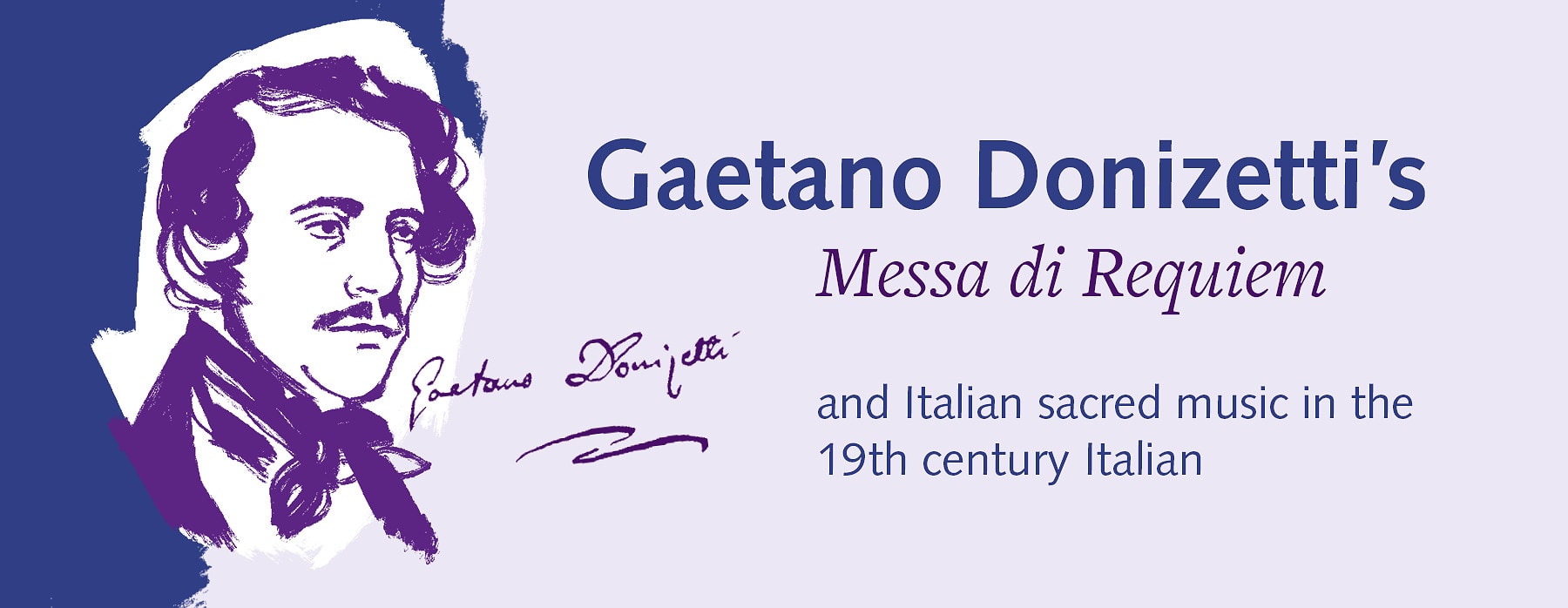
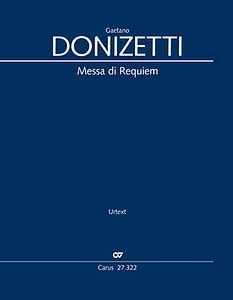
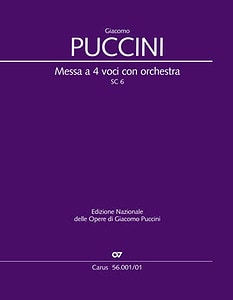
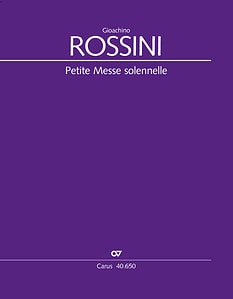
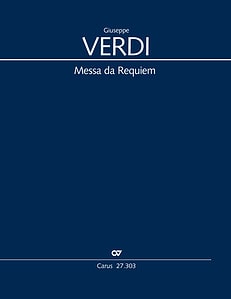
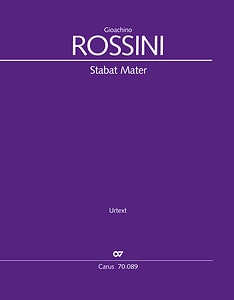

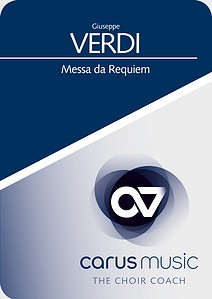
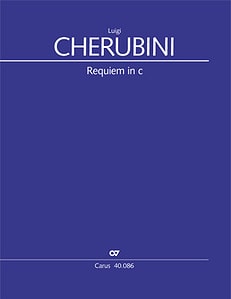
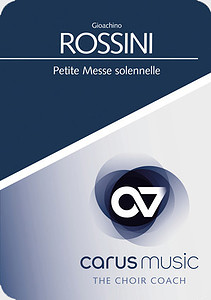
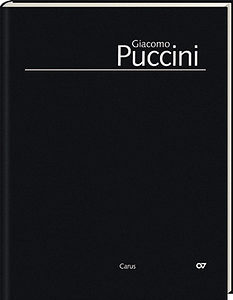

 © Sven Cichowicz
© Sven Cichowicz
Leave a Reply
Want to join the discussion?Feel free to contribute!